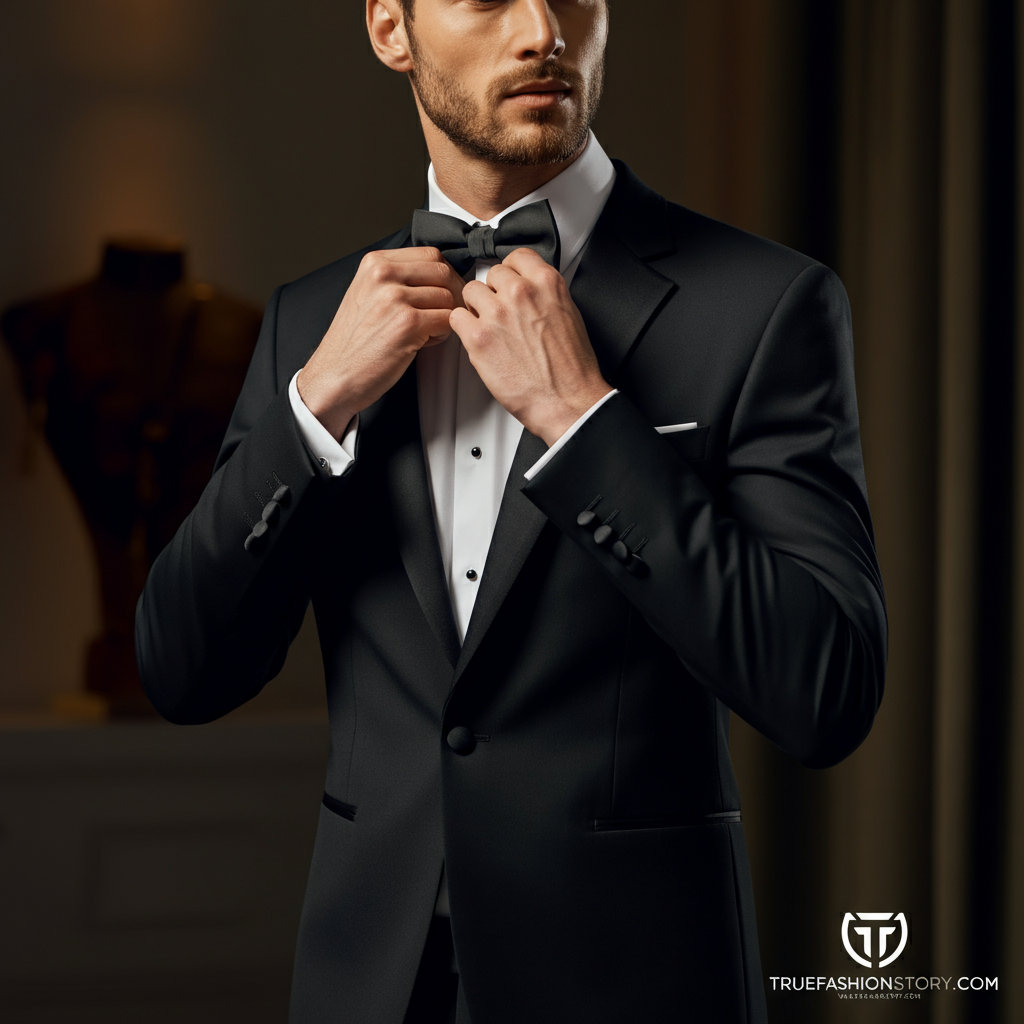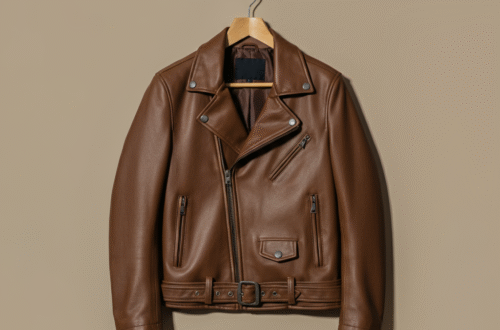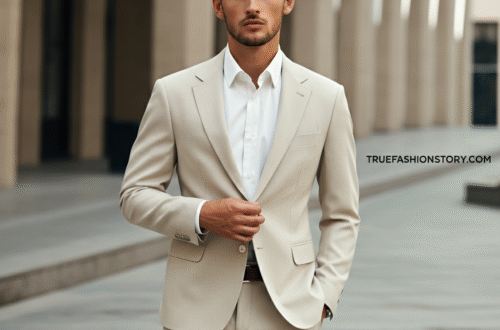Dressing for a formal event can feel like navigating a complex code.# The Ultimate Guide to the Mens Tuxedo Dinner Suit
Dressing for a formal event can feel like navigating a complex code. When the invitation says “black tie,” one specific garment comes to mind: the classic mens tuxedo dinner suit. This iconic piece of formalwear is more than just a suit; it’s a statement of elegance, tradition, and style. But what exactly makes a tuxedo a tuxedo? How do you choose the right one, and what are the rules for wearing it correctly?
This guide will walk you through everything you need to know. We’ll cover the history, the different components, the various styles, and how to wear your tuxedo with confidence. Whether you’re attending a wedding, a gala, or a sophisticated New Year’s Eve party, understanding the mens tuxedo dinner suit is your key to looking sharp and feeling your best.
What Defines a Mens Tuxedo Dinner Suit?
At first glance, a tuxedo might look like a regular black suit, but the difference is in the details. The most defining feature of a tuxedo is the use of satin. You will find satin on the lapels, on the buttons, and as a stripe down the side of the trousers. This touch of sheen is what separates it from a standard business suit and elevates it to formalwear status.
A traditional mens tuxedo dinner suit is a coordinated ensemble. It’s not just about the jacket and pants. It also includes specific shirts, bow ties, and footwear that complete the look. The goal is to create a sleek, polished, and unified appearance. Unlike a regular suit that you might mix and match for work, a tuxedo follows a more structured set of rules to maintain its formal and timeless appeal. It’s a uniform for celebrating life’s most special moments.
Key Takeaways
- A mens tuxedo dinner suit is defined by its satin details on the lapels, buttons, and trouser stripes.
- Tuxedos are reserved for formal, evening events with “black tie” or “black tie optional” dress codes.
- The fit is crucial; a poorly fitting tuxedo will undermine its elegance. Consider custom tailoring.
- Accessorizing correctly with a bow tie, cummerbund or vest, and patent leather shoes is essential.
- Modern variations exist, but the classic single-breasted, peak lapel tuxedo remains a timeless choice.
A Brief History of the Tuxedo
The story of the tuxedo begins in the 19th century with the Prince of Wales, who later became King Edward VII. He was looking for something more comfortable for dinner parties at his Sandringham estate than the restrictive tailcoat that was standard evening wear at the time. He commissioned his tailor, Henry Poole & Co., to create a shorter, less formal smoking jacket.
An American socialite named James Potter saw the Prince wearing this new style during a visit to Sandringham in 1886. He was so impressed that he had one made for himself. When he returned to the United States, he wore it to the Tuxedo Park Club in New York. The jacket quickly became popular among the club’s members, and people began associating the style with the location. And so, the “tuxedo” was born. Since then, the mens tuxedo dinner suit has evolved but has always remained the pinnacle of men’s formal fashion.
Components of a Classic Tuxedo
A true mens tuxedo dinner suit is an entire outfit, not just a jacket. Each piece plays a role in creating the overall look.
The Tuxedo Jacket
The jacket is the centerpiece. Key features include:
- Satin-Faced Lapels: The lapels are either a peak, notch, or shawl style and are covered in shiny satin. Peak and shawl lapels are the most traditional and formal choices.
- Single Button Closure: A classic tuxedo jacket has a single button, which helps create a deep “V” shape that elongates the torso.
- No Vents: Traditionally, tuxedo jackets have no vents (slits in the back) to create a cleaner, more streamlined silhouette. Some modern styles may feature double vents.
The Tuxedo Trousers
Tuxedo trousers are designed to complement the jacket perfectly. They feature a satin stripe along the outer leg that matches the lapels. They should have a flat front and no belt loops. Instead, they are held up by suspenders (braces) for a clean, uninterrupted line at the waist.
The Tuxedo Shirt
A specific type of shirt is required. It is typically white and features a pleated or piqué bib front. The cuffs are French cuffs, which are folded back and fastened with cufflinks. The collar is either a classic turndown style or a more formal wingtip collar.
The Waist Covering
You should never see the bottom of your shirt where it tucks into your trousers. This area is covered by either a cummerbund or a vest (waistcoat).
- Cummerbund: A pleated sash of satin worn around the waist. The pleats should always face up.
- Vest: A low-cut formal vest provides a more classic and sometimes warmer alternative to the cummerbund.
Choosing Your Lapel: Peak vs. Shawl vs. Notch
The lapel is one of the most distinctive features of a mens tuxedo dinner suit. The style you choose can subtly influence your overall look.
Peak Lapels
The most formal and traditional option, peak lapels point upwards towards the shoulder. This style has a broadening effect on the shoulders, creating a powerful and classic V-shaped torso. It’s a bold choice that exudes confidence and is perfect for strict black-tie events. If you want a timeless tuxedo that will never go out of style, the peak lapel is a safe and stylish bet.
Shawl Lapels
The shawl lapel is a continuous, rounded curve without any notches or points. It originated from the Victorian smoking jacket and offers a softer, more elegant look. Shawl lapels are considered just as formal as peak lapels but provide a slightly more sophisticated and debonair feel. They are a fantastic choice for gala events and weddings, especially in a midnight blue or white dinner jacket.
Notch Lapels
Notch lapels are the standard on most business suits, featuring a distinct “notch” where the collar meets the lapel. While they are available on many modern tuxedos, they are considered the least formal of the three. Purists argue that a notch lapel doesn’t belong on a mens tuxedo dinner suit because it’s too closely associated with everyday business wear. However, it’s a popular and accessible option for those new to formalwear or for events with a slightly more relaxed “black tie optional” dress code.
To Buy or To Rent? Making the Right Decision
One of the biggest questions men face is whether to buy or rent a mens tuxedo dinner suit. The answer depends on your lifestyle, budget, and how often you expect to wear it.
|
Feature |
Buying a Tuxedo |
Renting a Tuxedo |
|---|---|---|
|
Cost |
Higher initial investment ($500+) |
Lower upfront cost ($100-$250 per use) |
|
Fit |
Can be tailored perfectly to your body. |
Limited to standard sizes; alterations are minimal. |
|
Quality |
You can choose higher quality fabrics and construction. |
Often made from durable, synthetic materials. |
|
Convenience |
Always ready in your closet. |
Requires pickup and return for each event. |
|
Long-Term Value |
Becomes cost-effective after 3-4 wears. |
Cost adds up over multiple events. |
If you attend more than one formal event per year (weddings, galas, cruises), buying a tuxedo is a wise investment. The fit will be superior, and it will quickly pay for itself. Renting is a good option if you need a tuxedo for a one-time event or if your body shape is likely to change.
The Perfect Fit: Why Tailoring is Essential
No matter how expensive your mens tuxedo dinner suit is, it will look cheap if it doesn’t fit correctly. A proper fit is the single most important factor in looking sharp.
- Shoulders: The jacket’s shoulder seams should end exactly where your shoulders do.
- Jacket Length: The bottom of the jacket should cover your seat.
- Sleeve Length: About a half-inch of your shirt cuff should be visible beyond the jacket sleeve.
- Trouser Break: The trousers should have a slight, clean break, meaning they rest lightly on the top of your shoes without bunching up.
Even if you buy an off-the-rack tuxedo, invest in a good tailor. For a relatively small cost, a tailor can make adjustments that will transform your look from average to impeccable. You can find more style advice and insights on getting the perfect fit over at the truefashionstory.com Blog.
Accessorizing Your Mens Tuxedo Dinner Suit
Accessories are not optional with a tuxedo; they are essential components that complete the formal look.
The Bow Tie
A mens tuxedo dinner suit should always be paired with a bow tie. A pre-tied one is convenient, but learning to tie a real self-tie bow tie adds a touch of authenticity and character. The material should match the satin on your lapels. Black is the classic choice.
Cufflinks and Studs
Since a tuxedo shirt doesn’t have standard buttons down the front, you’ll need shirt studs to close it. These, along with your cufflinks, are your opportunity to add a personal touch. Simple silver, gold, or onyx sets are classic choices.
Footwear
The only appropriate shoes to wear with a tuxedo are patent leather dress shoes. Their high-gloss shine complements the satin details on the suit. Polished black calfskin oxfords are an acceptable alternative if you don’t own patent leather shoes.
The Pocket Square
A simple white pocket square, made of silk or linen and folded neatly, adds a final touch of polish. It should be tucked into the breast pocket of your jacket.
Modern Trends in Tuxedo Fashion
While the classic black mens tuxedo dinner suit is timeless, modern interpretations have introduced new colors and styles.
- Midnight Blue Tuxedos: A very dark, almost black, shade of blue has become a popular and sophisticated alternative. Under artificial light, midnight blue can actually appear richer and darker than black.
- Velvet Dinner Jackets: For a bold, luxurious statement, a velvet dinner jacket in a rich color like burgundy, green, or navy can be paired with classic black tuxedo trousers.
- Slimmer Fits: Modern tuxedos often feature a slimmer, more contemporary cut through the body and trousers.
When considering a modern style, think about the formality of the event. For the most traditional black-tie affairs, sticking with a classic black or midnight blue tuxedo is always the safest and most respectful choice.
Conclusion
The mens tuxedo dinner suit is the gold standard of men’s formalwear for a reason. It is a symbol of sophistication, celebration, and timeless style. By understanding its core components, focusing on a perfect fit, and choosing the right accessories, any man can master the black-tie look. Whether you opt for a classic peak lapel jacket or a modern velvet dinner jacket, wearing a tuxedo is an opportunity to present the very best version of yourself. It’s more than just clothing; it’s a tradition that connects you to a long history of elegance and refinement.
Frequently Asked Questions (FAQ)
1. Can I wear a necktie with a tuxedo?
No, a mens tuxedo dinner suit should always be worn with a bow tie. A long necktie is considered too informal and disrupts the clean lines of the tuxedo shirt and jacket.
2. What is the difference between “black tie” and “black tie optional”?
“Black tie” means a tuxedo is required. “Black tie optional” gives guests the choice: you can wear a tuxedo, or you can wear a dark suit with a conservative tie. However, wearing a tuxedo is always the most appropriate choice for a black tie optional event.
3. Do I have to wear a cummerbund?
You need to wear a waist covering, but it can be either a cummerbund or a formal vest. The purpose is to cover the waistband of your trousers, creating a seamless look. Never wear a tuxedo without one.
4. Are notch lapels acceptable on a tuxedo?
While you will find them on many tuxedos today, notch lapels are the least formal option and are considered incorrect by formalwear purists. For a truly classic and correct look, stick with peak or shawl lapels for your mens tuxedo dinner suit.
5. What color socks should I wear with a tuxedo?
You should wear fine black dress socks, preferably silk or a high-quality cotton blend. They should be long enough to ensure no skin on your leg is visible when you sit down.





